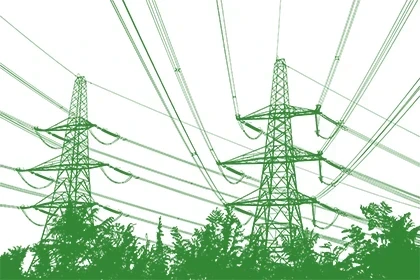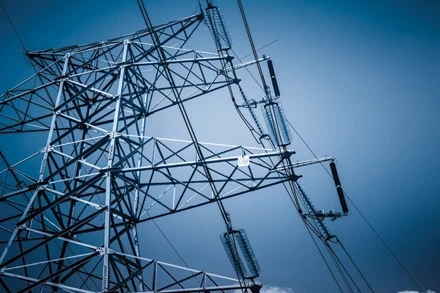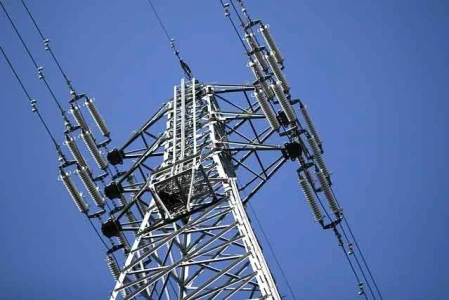FERC Conference Highlights Challenges in Resource Adequacy

The Federal Energy Regulatory Commission (FERC) recently hosted the Co-Located Load Conference, a significant event that focused on resource adequacy, energy reliability, and the challenges of ensuring sufficient electricity supply amidst changing grid dynamics. As the energy landscape continues to evolve with the integration of renewable energy sources, the ongoing electrification of sectors like transportation and heating, and the growing demand for electricity, FERC’s conference highlighted the importance of adapting and modernizing resource adequacy mechanisms to meet these new challenges.
Resource Adequacy: A Growing Concern
Resource adequacy refers to a power system’s ability to reliably meet consumer demand, including during peak times. Traditionally, ensuring resource adequacy has meant having enough generation capacity to meet electricity demand during periods of extreme need, such as during heatwaves or cold snaps. However, as the U.S. moves toward a cleaner, more renewable grid, the need to reassess and refine existing resource adequacy frameworks has become urgent.
The rapid expansion of renewable energy sources, like solar and wind, is reshaping the electricity grid. Unlike traditional power plants, renewables are intermittent and depend on weather conditions. While they contribute significantly to reducing carbon emissions, they also introduce new challenges in grid management and stability. A key issue raised at the conference was the need for resource adequacy solutions that account for the variability of these renewable energy sources while ensuring sufficient backup capacity to maintain grid stability.
Grid Modernization: Addressing Emerging Challenges
A recurring theme at the conference was the need for grid modernization to accommodate the growing complexity of energy production and consumption. As more variable energy resources—such as wind and solar—are added to the grid, grid operators must be able to manage the timing and location of energy supply to match real-time demand. This requires investments in advanced grid technologies, including energy storage systems, demand response programs, and enhanced transmission networks.
Energy storage was a particularly hot topic, as it has the potential to play a critical role in addressing the intermittency of renewable resources. Battery storage technologies, for instance, can store excess energy produced during peak renewable generation periods and discharge it when demand is high, or when renewable generation is low. Additionally, the use of flexible demand response programs, where consumers adjust their energy usage in response to grid signals, is also being explored as a key tool to help balance supply and demand.
However, achieving resource adequacy isn't solely about increasing capacity; it's also about improving efficiency. This is why discussions also centered around the importance of demand-side management, energy efficiency programs, and new technologies that optimize the use of existing infrastructure. One of the challenges emphasized was ensuring that the grid is not just robust but also flexible, capable of adjusting to the evolving needs of consumers and the electricity market.
Regional Differences in Resource Adequacy
A point raised during the conference was the need for a tailored approach to resource adequacy that recognizes the regional differences in energy supply and demand. The U.S. energy grid is divided into multiple regions, each with its own unique generation mix, resource availability, and grid infrastructure. As such, solutions that work well in one region might not be effective in another.
For example, regions that are heavily reliant on natural gas or coal for generation may face different adequacy challenges compared to areas with a higher penetration of renewables like California. In areas with abundant renewable resources, the main challenge may lie in grid integration and storage, while in regions with limited renewable generation, resource adequacy may require a greater focus on maintaining sufficient conventional generation capacity or strengthening interregional transmission networks.
The Role of Policy and Market Design
The conference also underscored the critical role that policy and market design play in fostering an adequate energy supply. FERC's role in overseeing and ensuring fair, competitive markets was emphasized, along with the importance of long-term planning and investment. A significant area of focus was how market mechanisms could better reflect the value of flexible resources, such as demand-side management and storage, in ensuring system reliability.
FERC has already initiated various efforts aimed at improving resource adequacy, including investigating how capacity markets can evolve to ensure that sufficient resources are available during periods of high demand. One important development is the growing push for markets that incorporate clean energy resources more effectively, ensuring that both traditional and renewable energy resources are accounted for in the adequacy calculations.
The FERC Co-Located Load Conference served as a vital forum for discussing the future of resource adequacy in an increasingly complex energy landscape. With growing demand, an evolving generation mix, and the transition to a low-carbon grid, the challenges of ensuring reliability and sufficiency of power supply are greater than ever. Solutions will require innovation in grid technology, new market mechanisms, and a clear focus on regional needs. As the energy sector continues to adapt, FERC’s leadership in fostering collaboration, policy development, and long-term planning will be crucial in maintaining a reliable and resilient power system for the future.








